Museum of the Risorgimento and of the Contemporary Age
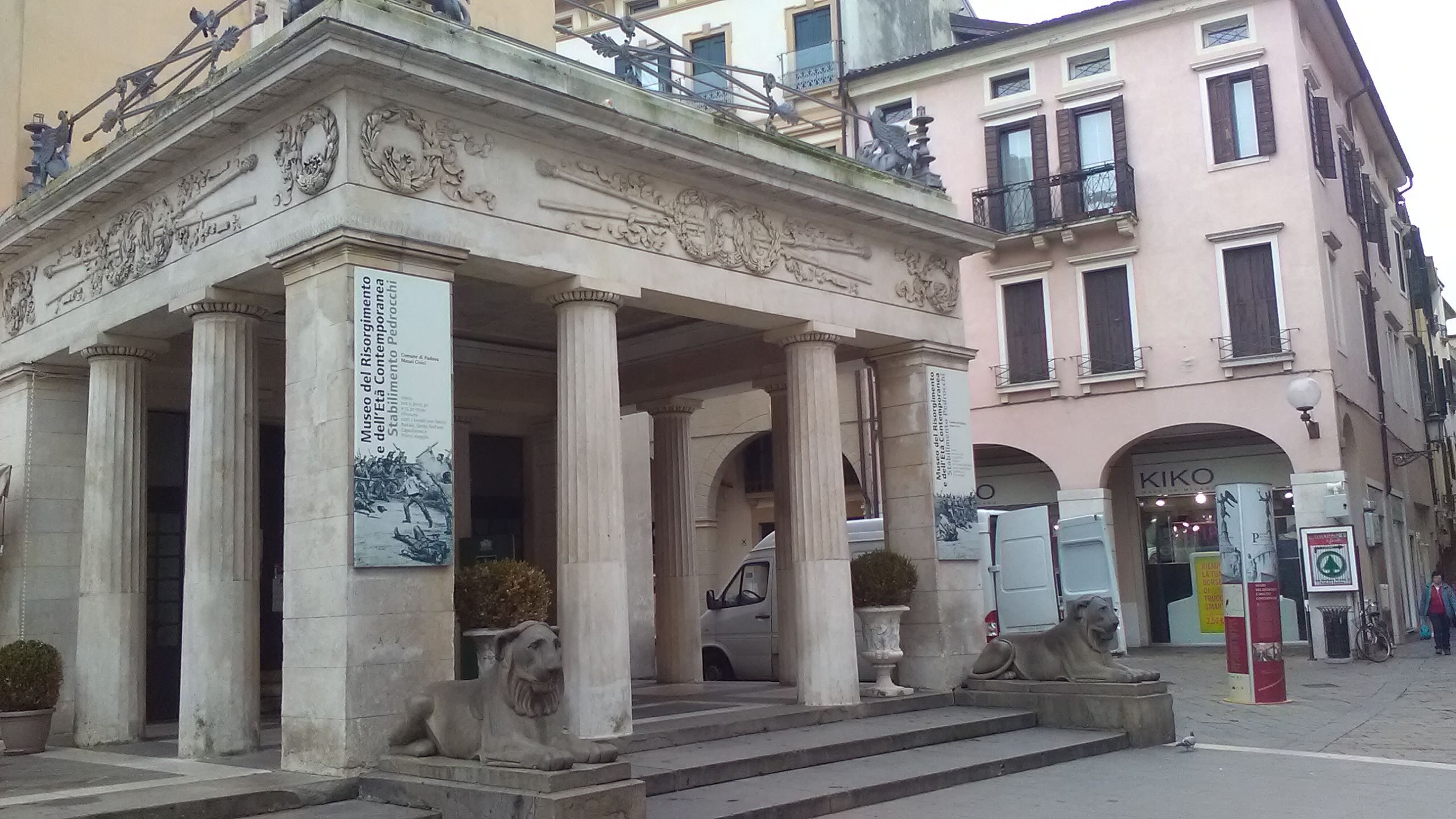
In the Noble Floor of the Pedrocchi factory there is the Museum of the Risorgimento and of the Contemporary Age, which documents the facts and protagonists of a century and a half of Paduan and national history, from the fall of the Venetian Republic (1797) to the promulgation of the Italian Constitution, which took place on 1 January 1948.

One hundred and fifty years of history in which the city of Padua has often played a very important role, if not as an absolute protagonist, not only for the occurrence of events of historical significance, but also for the presence, in different eras, of illustrious personalities .
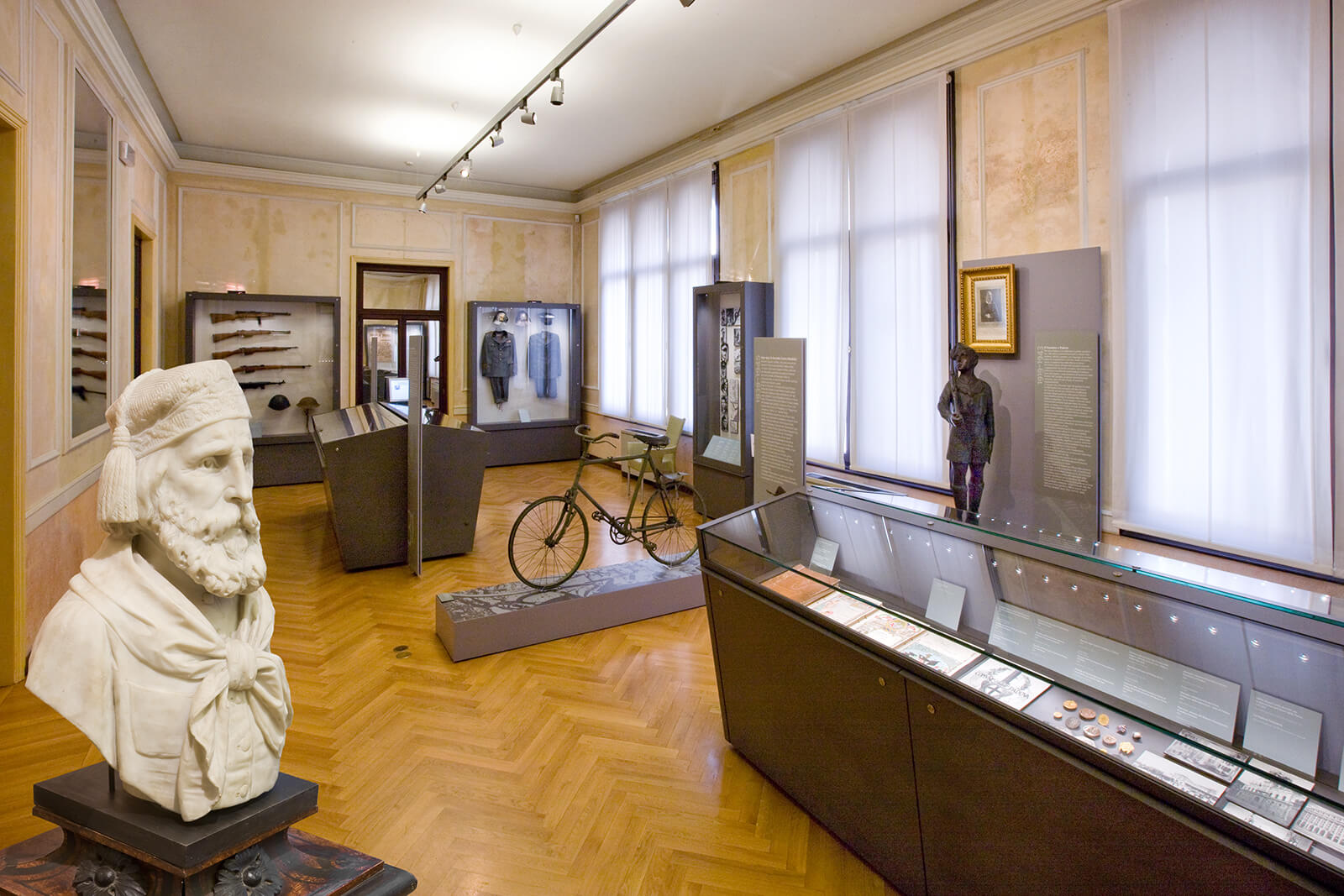
The Pedrocchi noble floor immediately appeared to be the perfect location to host this new museum. Here, on February 8, 1848, the students of the nearby Athenaeum rose up against the Austrian occupiers: this revolt was the premise, in Italy, of the First War of Independence and, in Europe, of the year that saw revolutions and popular uprisings flare up in numerous nations. Traces of the shots fired by the Austrians against the students barricaded inside the Café are still evident in the White Room of the historic building.
In 1866 the Veneto was annexed to the Kingdom of Italy: the famous "Obbedisco" by Giuseppe Garibaldi, a historic act of that Third and last War of Independence, arrived from Bezzecca from Bezzecca.

Padua was also a protagonist in the years of the Great War: "Capital at the front", seat of the Supreme Command and of the Allied Missions and subsequently of the signature of the Armistice, signed at Villa Giusti on November 3, 1918. That same day the Bersaglieri, disembarked from the destroyer Bold in the liberated Trieste, they waved the Italian banner now exhibited in the Museum.
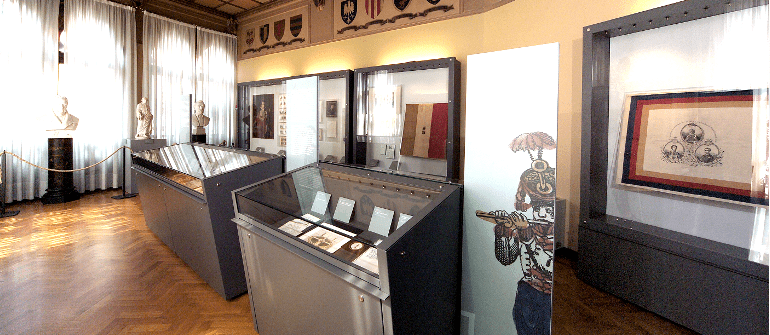
The following years are characterized by the inauguration of the first Fair and the construction of the Altare della Patria, placed between Palazzo Moroni, the seat of the municipality, and the Bo, the ancient seat of the University.
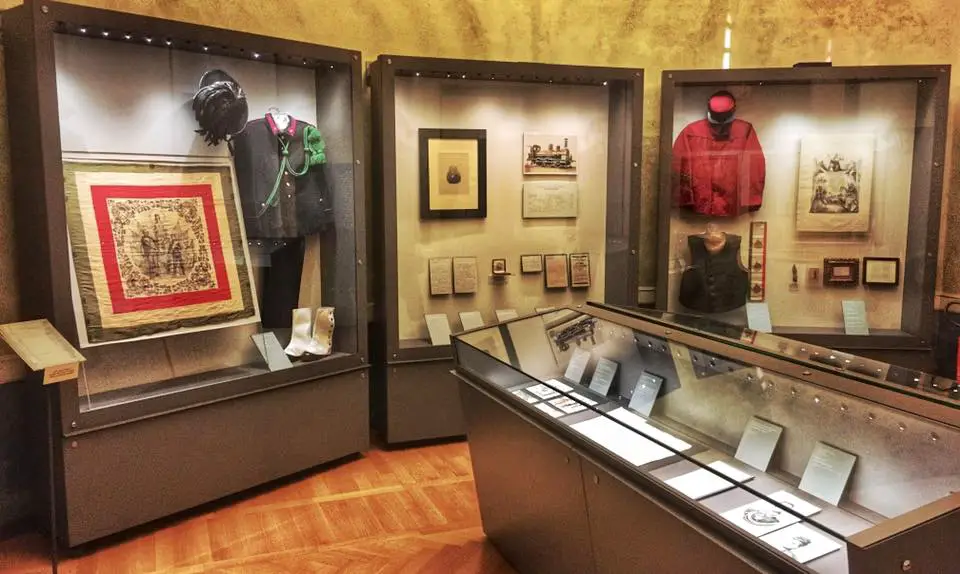
The Fascist period is remembered in the museum by the images of the assembly, in Prato della Valle, for the speech that Benito Mussolini gave on 24 September 1938, on the eve of the Second World War, by a squadron's backbone and a bronze sculpture by Paolo Boldrin. The Racial Laws of that same year struck 500 Paduan Jews and, among them, many personalities of the University.
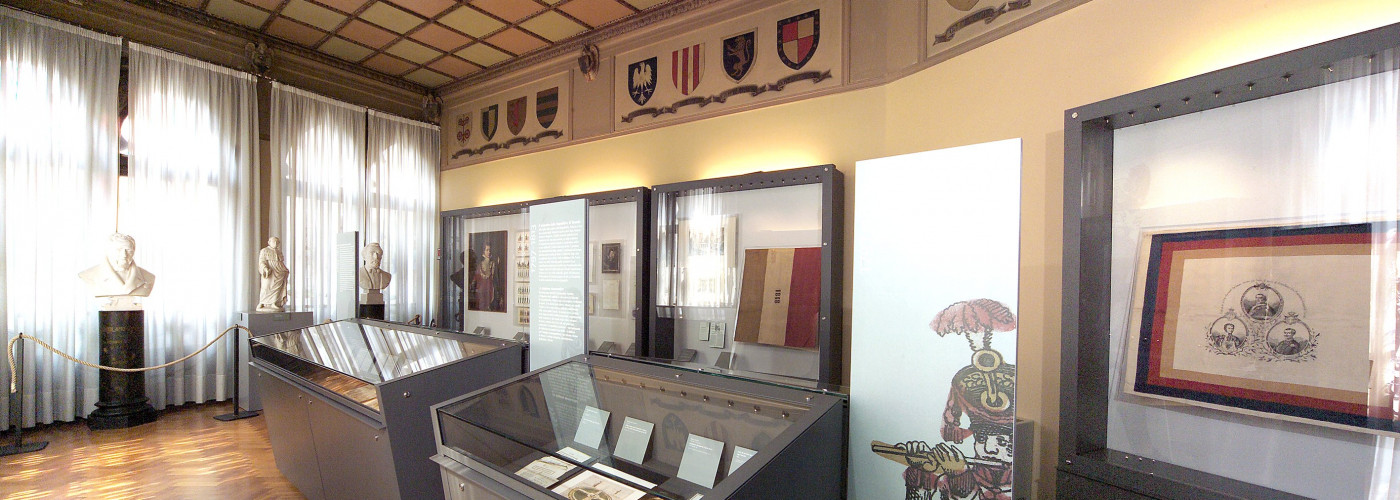
Thirteen gold medals for Military Valor testify to the noble participation of some Paduan citizens in the Second World War.
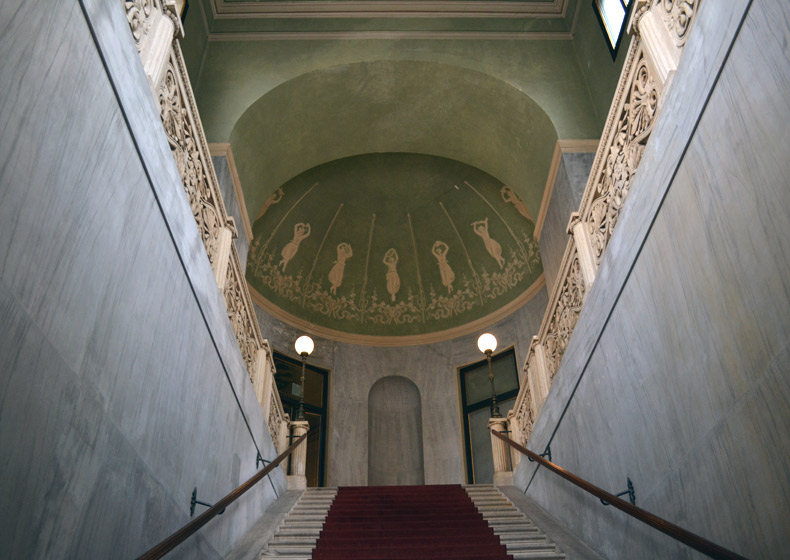
Still alive in the memory of many are the brutality of the Charity Band, the special department of the Republican Band directly dependent on the SS (period of the Resistance). For the contribution made to the cause by the professors and students of the University, the University received, the only case in Italy, the Gold Medal for Military Valor. The protagonists were Concept Marchesi and Egidio Meneghetti and with them the 117 teachers and students who fell for freedom.

The memory of 11 March 1944 could not be missing, when an allied bomb hit the frescoes by Andrea Mantegna in the Ovetari Chapel.
The exhibition is completed by a selection of period films from the Istituto Luce in Rome and the Imperial War Museum in London.
Map: Museum of the Risorgimento and of the Contemporary Age
Address: via Porciglia, 35 - 35121
Padova (PD) Veneto
Latitude: 45.40778696764493
Longitude: 11.876896619796753
Site: https://padovamusei.it/it/muse...
vCard created by: CHO.earth
Currently owned by: CHO.earth
Type: Palace
Function: Museum
Creation date: 25-04-2022 04:05
Last update: 24/06/2022